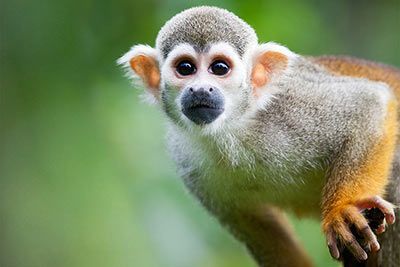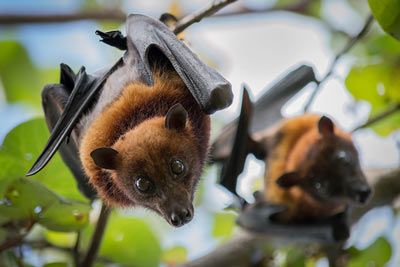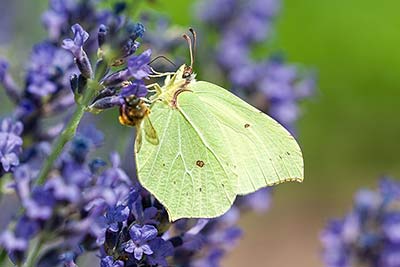Zebra
Zebra Facts
| Size | Up to 4.5 ft (1.4 m) (shoulder height) |
| Speed | Up to 25 mph (40 km/h) |
| Weight | Up to 881 lb (400 kg) |
| Lifespan | 20-30 years |
| Food | Plants |
| Predators | Lions, hyenas, leopards |
| Habitat | Tropical Africa |
| Order | Odd-toed ungulates |
| Family | Horses |
| Scientific name | Equus grevyi, zebra and quagga |
| Characteristics | Striped horse |
Main Characteristics
Zebras belong to the family of horses. There are three different types: Grevy’s zebra, the mountain zebra and the common zebra. Mountain zebras are closely related to the African wild ass, common zebras and Grevy’s zebra to the Asian wild ass.
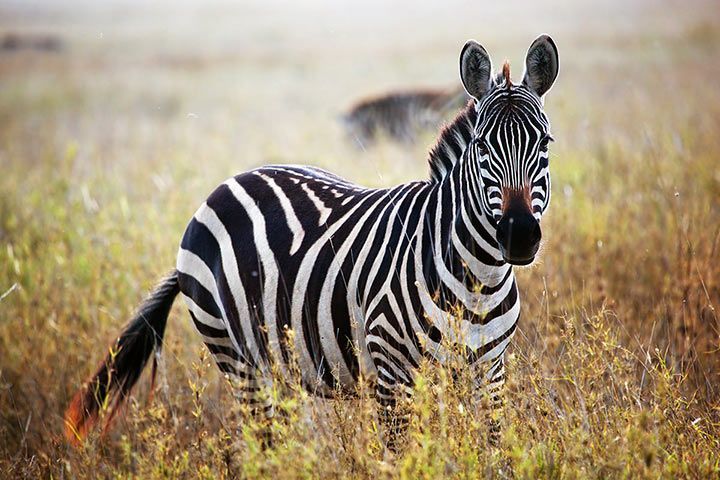
Anatomy and Appearance
Black With White Stripes or White With Black Stripes?
This question was long unanswered. Most zebras have black stripes ending at the belly and near the inner side of their legs. All other parts of the coat are white. Yet, some zebras are mainly black with white stripes. By the way, the skin under their coat is black.
Why Do They Have Striped Fur?
It might seem that the zebra was not very clever when choosing its colors. The combination of black and white can be easily perceived even at long distances.
Nevertheless, the stripes serve the zebra as a camouflage. When herds of zebras are standing together and the air is hazy from the heat, the silhouettes of the individual animals are no longer clearly recognizable. This confuses the (colorblind) lion: "Where is the head, where is the leg, how many animals are there? Damn!"
Another theory on the flashy stripes says that they might protect the animal from tsetse flies. The infamous transmitters of sleeping sickness have enormous problems to perceive a zebra with their compound eyes. Lucky zebra! Scientists have now discovered that the strips also help to make the heat more bearable.
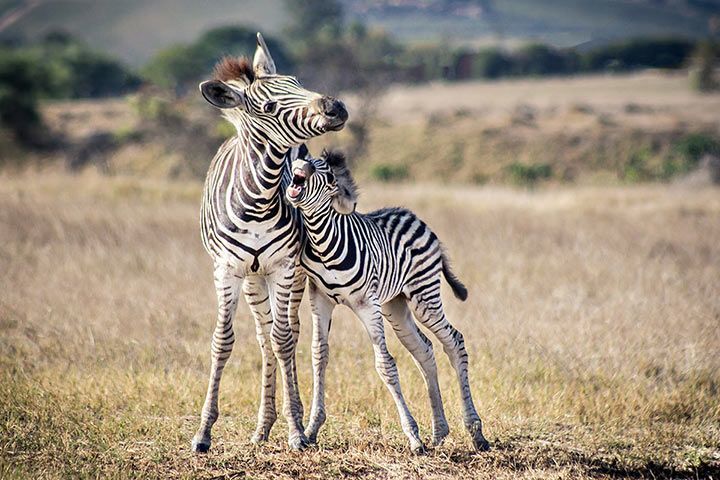
Every Stripe Pattern Is Unique
Do zebras all look the same? No! Even if you might not perceive it at first sight: Each zebra has an individual striping pattern. The stripes and the smell help them to recognize their friends.
Each Zebra Species Has Different Stripe Patterns
| Zebra | Stripes |
|---|---|
| Mountain zebra | Broad |
| Grevy’s zebra | Narrow |
| Plains zebra | Stripes of varying width |
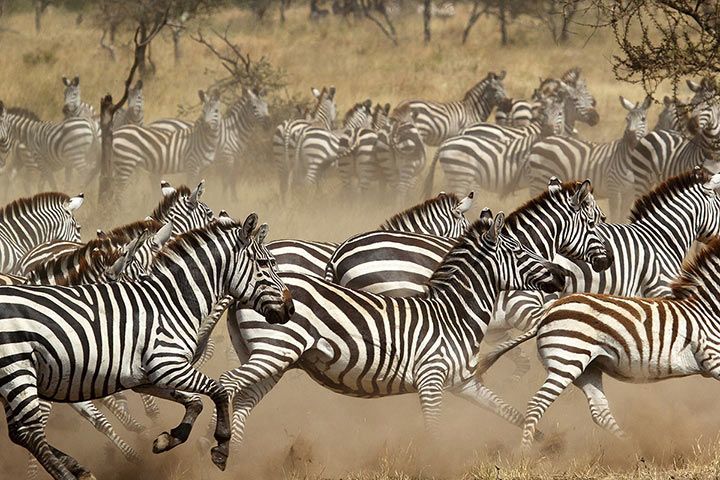
The Zebra Is Related To:
- Donkey
- Horse
Animals in the Same Biome:

- Watch Now on animalfunfacts.net:
 Symbiotic Animal Relationships
Symbiotic Animal Relationships Animal Camouflage
Animal Camouflage
















